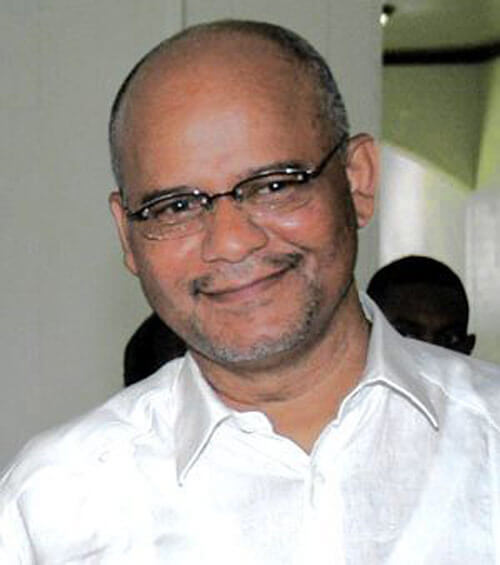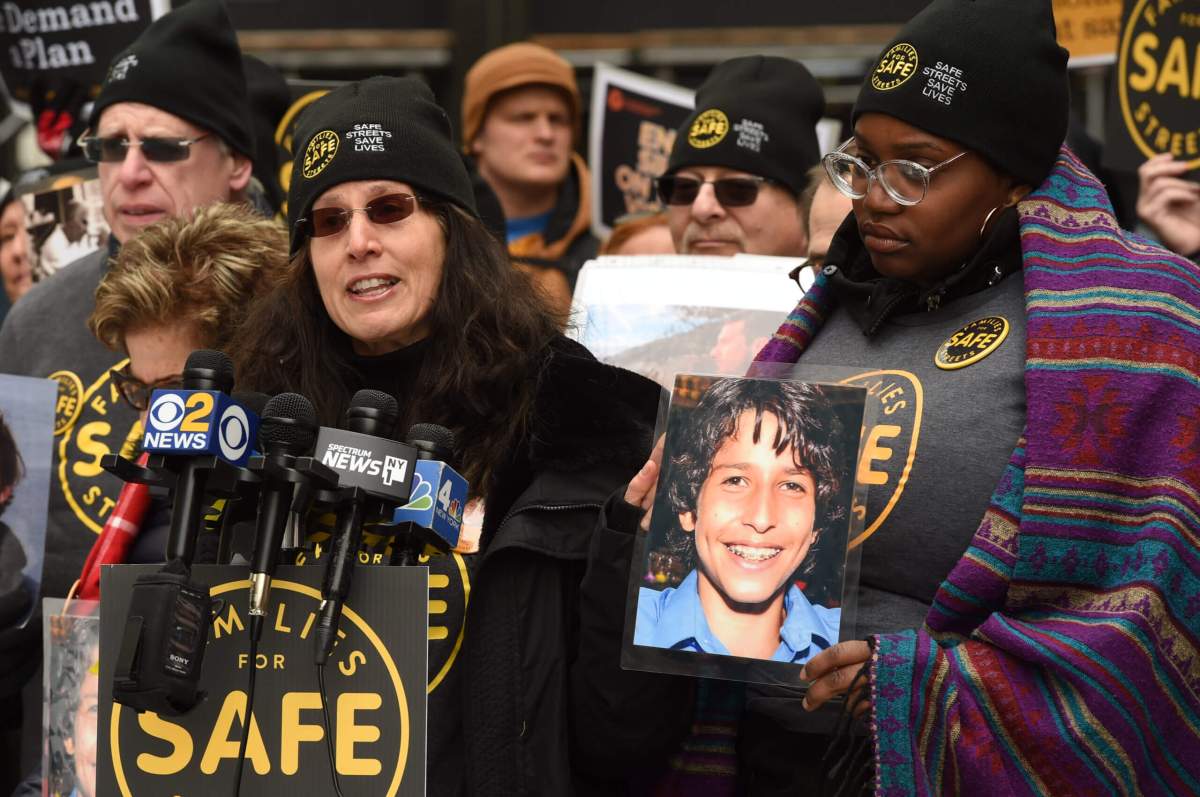A commission of inquiry into the fatal police shooting of three opposition supporters in the Linden bauxite community south of the capital in July is gathering steam at hearings that began in late September but based on evidence tendered so far, it appears that a rogue police unit that operated alongside other detachments might have been the ones which pulled the trigger even as more than 20 officers are still to give their own accounts as to what had exactly transpired.
During sessions this week, several policemen who faced cross examination from lawyers for the state, residents and from the commissioners themselves, heard of a cocktail of confusion regarding the number of rounds issued to units, contradictions about how many live bullets were returned to the armory, which officer carried tear gas canisters rather than live rounds and who gave orders to engage protestors on a bridge spanning the Demerara River 65 miles from the capital, Georgetown.
Sergeant Roderick English who led a unit from the nearby Linden Station, testified that some of his ranks returned to the station on the night of July 18 with “less ammunition” than were issued as he gave the clearest insight yet as to what might have transpired as the demonstrators were protesting plans to impose steep hikes in electricity rates in the township of 30,000.
He also pointed a finger directly at riot unit commander Patrick Todd accusing Todd of taking away ammunition from one of his ranks and using nine rounds against the crowd gathered on the Wismar-McKenzie Bridge.
Todd has himself testified to using far fewer shotgun pellets and tear gas canisters to clear the bridge on orders from Chief Leroy Brummel whose testimony on day one had put officers and other ranks on the defensive when he said the use of live rounds against protesters was palpably “unjustified.”
But even as officer after officer struggled to hold the official line of using only pellet guns and teargas, many are cracking under withering cross examination mostly from Attorney Nigel Hughes, Basil Williams, Commission Chairman and retired Jamaican Chief Justice Lensey Wolfe, former Jamaican National Security Minister and Senior Counsel K. D Knight and Trinidad law professor Dana Seetahal. The others are retired Guyanese judiciary head Cecil Kennard and Justice Claudette Singh.
The commissioners were scheduled to visit the scene of the crime in Linden on Wednesday to ferret out testimonies from witnesses so far about being pelted with missiles by protestors from an impossible more than 150 yards and where particular units were positioned as they confronted unarmed Lindeners.
Political sparks are also expected to fly when telephone providers Digicel and U.S.-owned GT&T release subpoenaed telephone records for July 18 showing that National Security Minister Clement Rohee had called overall Divisional Commander Clifton Hicken numerous times just before police had opened fire on the crowd, killing three and injuring 24.
Hicken answered confidently in the negative when he was asked whether Rohee had called him on his mobile on July 18, while Chief Brummel also denied that the minister has asked him for a mobile number for Hicken before the shooting had started. The two, along with Todd, are surely to be recalled during the latter stages of the inquiry as additional, if not contradictory evidence, emerges.
For example, several civilian witnesses including Regional Administrative Chairman Sharma Solomon will tell the commission that Hicken had directly threatened to shoot and kill them and other protestors in the hours leading up to that fateful day.
He has already denied doing so but indications are that many will contradict the man with the reputation for being the most ambitious officer in the force and one who is known to be close to be drinking buddies with Rohee, other politicians and pro government businessmen.
























